- Have any questions?
- +86-189 8930 5995
- sales@mosinterchem.com.cn
Sodium Bicarbonate Food Grade CAS 144-55-8

DL Tartaric Acid CAS 133-37-9
17/12/2018
Potassium Sorbate CAS 590-00-1
17/12/2018| Model: | MOS 144-55-8 |
| Brand Name: | MOSINTER |
| CAS No.: | 144-55-8 |
| Purity %≥: | 99.5 |
| Loss on drying %≤: | 0.20 |
| NaHCO3 %≥: | 99.0-100.5 |
| Pb %≤: | 0.0005 |
| As %≤: | 0.0001 |
| salt content: | Pass test |
| Clarity: | Pass test |
Sodium Bicarbonate( Food Grade) (CAS: 144-55-8)
| Item | Index |
| Appearance | White crystalline powder or fine |
| NaHCO3 %≥ | 99.0-100.5 |
| Loss on drying %≤ | 0.20 |
| PH(10g/L solution) ≤ | 8.6 |
| As %≤ | 0.0001 |
| Pb %≤ | 0.0005 |
| Salt content | Pass test |
| Clarity | Pass test |
Sodium bicarbonate or sodium hydrogen carbonate is the chemical compound
with the formula NaHCO3. Sodium bicarbonate is a white solid that is crystalline
but often appears as a fine powder. It has a slightly salty, alkaline taste resembling
that of washing soda (sodium carbonate). The natural mineral form is nahcolite.
It is a component of the mineral natron and is found dissolved in many mineral springs.
It is among the food additives encoded by European Union, identified by the initials E
500. Since it has long been known and is widely used, the salt has many related names
such as baking soda, bread soda, cooking soda, and bicarbonate of soda. In colloquial
usage, its name is sometimes shortened to sodium bicarb, bicarb soda, simply bicarb, or
even bica. The word saleratus, from Latin sal æratus meaning aerated salt, was widely
used in the 19th century for both sodium bicarbonate and potassium bicarbonate. The
term has now fallen out of common usage. Sodium bicarbonate is usually called baking
soda in general terms.
Applications
Sodium bicarbonate is used in a process for removing paint and corrosion called sodablasting;
the process is particularly suitable for cleaning aluminium panels which can be distorted by
other types of abrasive. It can be administered to pools, spas, and garden ponds to raise pH levels
. It has weak disinfectant properties, and it may be an effective fungicide against some organisms.
Because baking soda will absorb musty smells, it has become a reliable method for used-book
sellers when making books less malodorous.
Fire extinguisher
Sodium bicarbonate can be used to extinguish small grease or electrical fires by being thrown over
the fire. However, it should not be applied to fires in deep fryers, as it may cause the grease to splatter.
Sodium bicarbonate is used in BC dry chemical fire extinguishers as an alternative to the more corrosive
ammonium phosphate in ABC extinguishers. The alkali nature of sodium bicarbonate makes it the only
dry chemical agent, besides Purple-K, that was used in large-scale fire suppression systems installed in
commercial kitchens. Because it can act as an alkali, the agent has a mild saponification effect on hot
grease, which forms a smothering soapy foam.
Cooking
Main article: Leavening agent
Sodium bicarbonate, referred to as “baking soda” is primarily used in cooking (baking), as a leavening agent.
It reacts with acidic components in batters, releasing carbon dioxide, which causes expansion of the batter
and forms the characteristic texture and grain in pancakes, cakes, quick breads, soda bread, and other baked
and fried foods. Acidic compounds that induce this reaction include phosphates, cream of tartar, lemon juice,
yogurt, buttermilk, cocoa, vinegar, etc. Sodium bicarbonate can be substituted for baking powder provided
sufficient acid reagent is also added to the recipe. Many forms of baking powder contain sodium bicarbonate
combined with calcium acid phosphate, sodium aluminum sulphate or cream of tartar.
Sodium bicarbonate was sometimes used in cooking vegetables, to make them softer, although this has gone
out of fashion, as most people now prefer firmer vegetables. However, it is still used in Asian and Latin American
cuisine to tenderise meats. Baking soda may react with acids in food, including Vitamin C (L-ascorbic acid). It is
also used in breadings such as for fried foods to enhance crispness.
Heat causes sodium bicarbonate to act as a raising agent by releasing carbon dioxide when used in baking. The
carbon dioxide production starts at temperatures above 80 °C. Since the reaction does not occur at room temperature,
mixtures (cake batter, etc.) can be allowed to stand without rising until they are heated in the oven.
Neutralization of acids and bases
Many laboratories keep a bottle of sodium bicarbonate powder within easy reach, because sodium bicarbonate is
amphoteric, reacting with acids and bases. Furthermore, as it is relatively innocuous in most situations, there is no
harm in using excess sodium bicarbonate. Also, sodium bicarbonate powder may be used to smother a small fire,
as heating of sodium bicarbonate releases carbon dioxide.
A wide variety of applications follows from its neutralization properties, including reducing the spread of white
phosphorus from incendiary bullets inside an afflicted soldier’s wounds.[18][medical citation needed]
Medical uses
Sodium bicarbonate mixed with water can be used as an antacid to treat acid indigestion and heartburn. It is
used as the medicinal ingredient in gripe water for infants.
Intravenous sodium bicarbonate is an aqueous solution that is sometimes used for cases of acidosis, or when
there are insufficient sodium or bicarbonate ions in the blood. In cases of respiratory acidosis, the infused
bicarbonate ion drives the carbonic acid/bicarbonate buffer of plasma to the left and, thus, raises the pH. It is
for this reason that sodium bicarbonate is used in medically supervised cardiopulmonary resuscitation.
Infusion of bicarbonate is indicated only when the blood pH is markedly (<7.1–7.0) low.
It is used for treatment of hyperkalemia.[medical citation needed] Since sodium bicarbonate can cause alkalosis,
it is sometimes used to treat aspirin overdoses. Aspirin requires an acidic environment for proper absorption, and
the basic environment diminishes aspirin absorption in the case of an overdose.[medical citation needed] Sodium
bicarbonate has also been used in the treatment of tricyclic antidepressant overdose.It can also be applied topically
as a paste, with three parts baking soda to one part water, to relieve some kinds of insect bites and stings (as well
as accompanying swelling).
Adverse reactions to the administration of sodium bicarbonate can include metabolic alkalosis, edema due to sodium
overload, congestive heart failure, hyperosmolar syndrome, hypervolemic hypernatremia, and hypertension due to
increased sodium. In patients consuming a high-calcium or dairy-rich diet, calcium supplements, or calcium-containing
antacids such as calcium carbonate (e.g., Tums), the use of sodium bicarbonate can cause milk-alkali syndrome,
which can result in metastatic calcification, kidney stones, and kidney failure.
Sodium bicarbonate can be used to treat an allergic reaction to plants such as poison -ivy -oak or -sumac to
relieve some of the associated itching.
Bicarbonate of soda can also be useful in removing splinters from the skin.
Some alternative practitioners, such as Tullio Simoncini, have promoted baking soda as a cancer cure, which
the American Cancer Society has warned against due to both its unproven effectiveness and potential danger in use.
Personal hygiene
Toothpaste containing sodium bicarbonate has in several studies shown to have a better whitening and plaque
removal effect than toothpastes without it.
Sodium bicarbonate is also used as an ingredient in some mouthwashes. It has anti-caries and abrasive properties.
It works as a mechanical cleanser on the teeth and gums, neutralizes the production of acid in the mouth and also
acts as an antiseptic to help prevent infections.[citation needed]
Sodium bicarbonate in combination with other ingredients can be used to make a dry or wet deodorant.
It may also be used as a shampoo.
Sodium bicarbonate may be used as a buffering agent, combined with table salt, when creating a solution
for nasal irrigation.
In sports
Small amounts of sodium bicarbonate have been shown to be useful as a supplement for athletes in speed-based
events, like middle distance running, lasting from about one to seven minutes. However, overdose is a serious risk
because sodium bicarbonate is slightly toxic;gastrointestinal irritation is of particular concern. Additionally, this
practice causes a significant increase in dietary sodium.
As a cleaning agent
A paste from baking soda can be very effective when used in cleaning and scrubbing. For cleaning aluminium
objects, the use of sodium bicarbonate is discouraged as it attacks the thin unreactive protective oxide layer of
this otherwise very reactive metal. A solution in warm water will remove the tarnish from silver when the silver
is in contact with a piece of aluminium foil. A paste of sodium bicarbonate and water is useful in removing surface
rust as the rust forms a water soluble compound when in a concentrated alkaline solution. Cold water should be
used as hot water solutions can corrode steel.
Baking soda is commonly added to washing machines as a replacement for softener and to remove odors from
clothes. Sodium bicarbonate is also effective in removing heavy tea and coffee stains from cups when diluted
with warm water.
During the Manhattan Project to develop the atomic bomb in the early 1940s, many scientists investigated the
toxic properties of uranium. They found that uranium oxides stick very well to cotton cloth, but did not wash
out with soap or laundry detergent. The uranium would wash out with a 2% solution of sodium bicarbonate
(baking soda). Clothing can become contaminated with depleted uranium (DU) dust and normal laundering
will not remove it. Those at risk of DU dust exposure should have their clothing washed with baking soda
(about 6 ounces (170g) of baking soda in 2 gallons (7.5l) of water).
As a biopesticide
Sodium bicarbonate can be an effective way of controlling fungus growth, and in theUnited Statesis registered
by the Environmental Protection Agency as a biopesticide.
Cattle feed supplement
Sodium bicarbonate is sold as a cattle feed supplement, in particular as a buffering agent for the rumen.
You must be logged in to post a review.

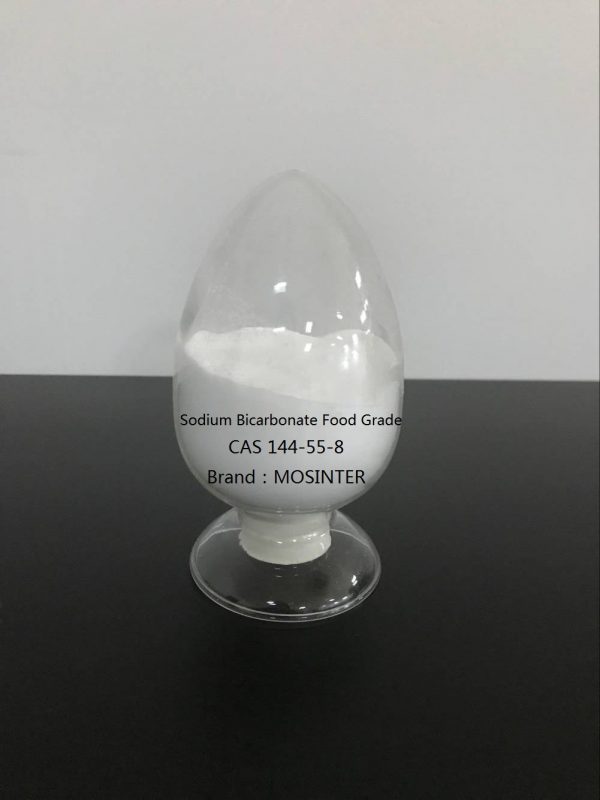
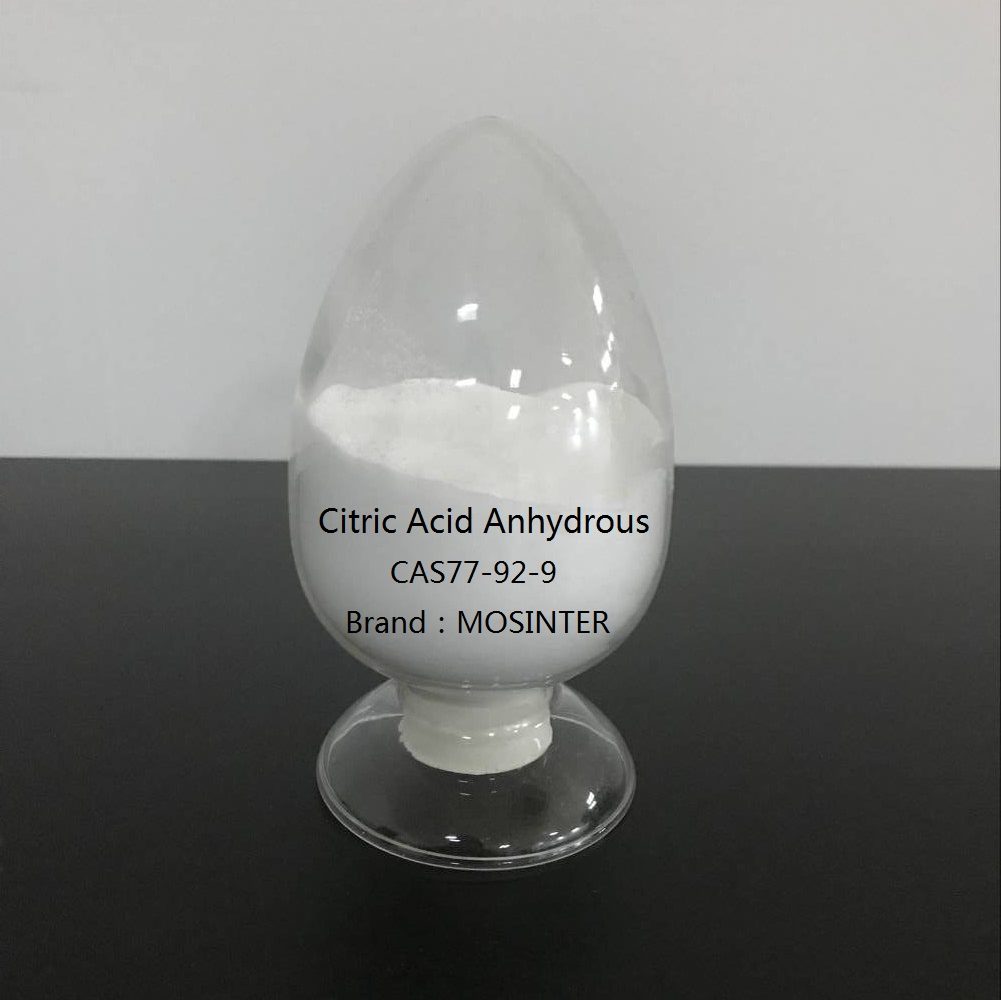
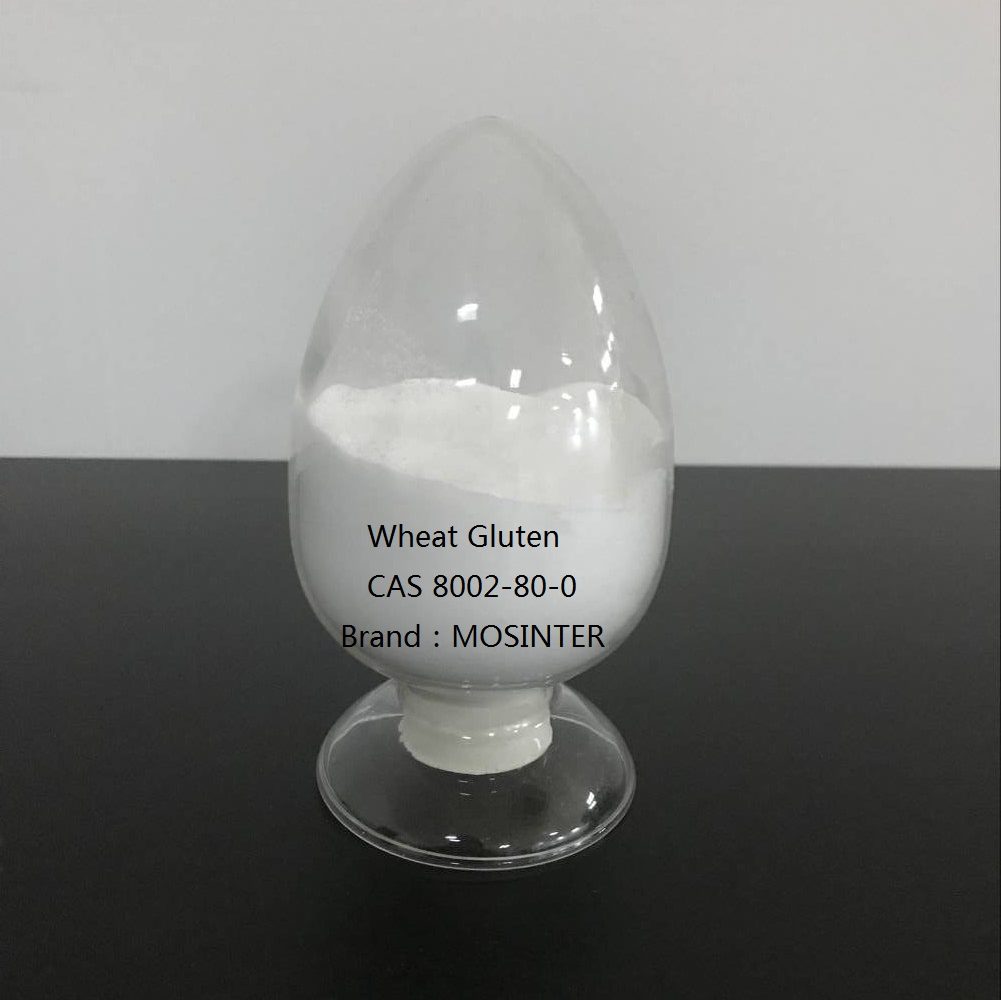
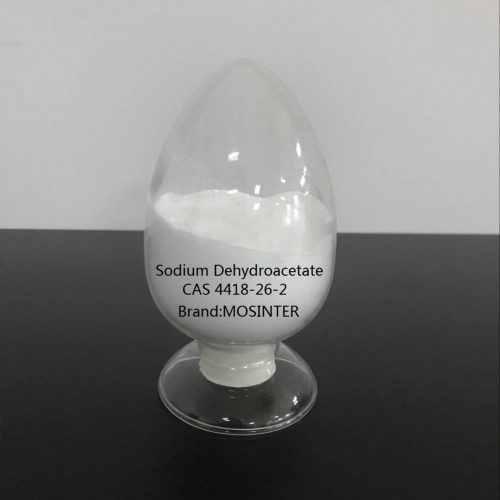
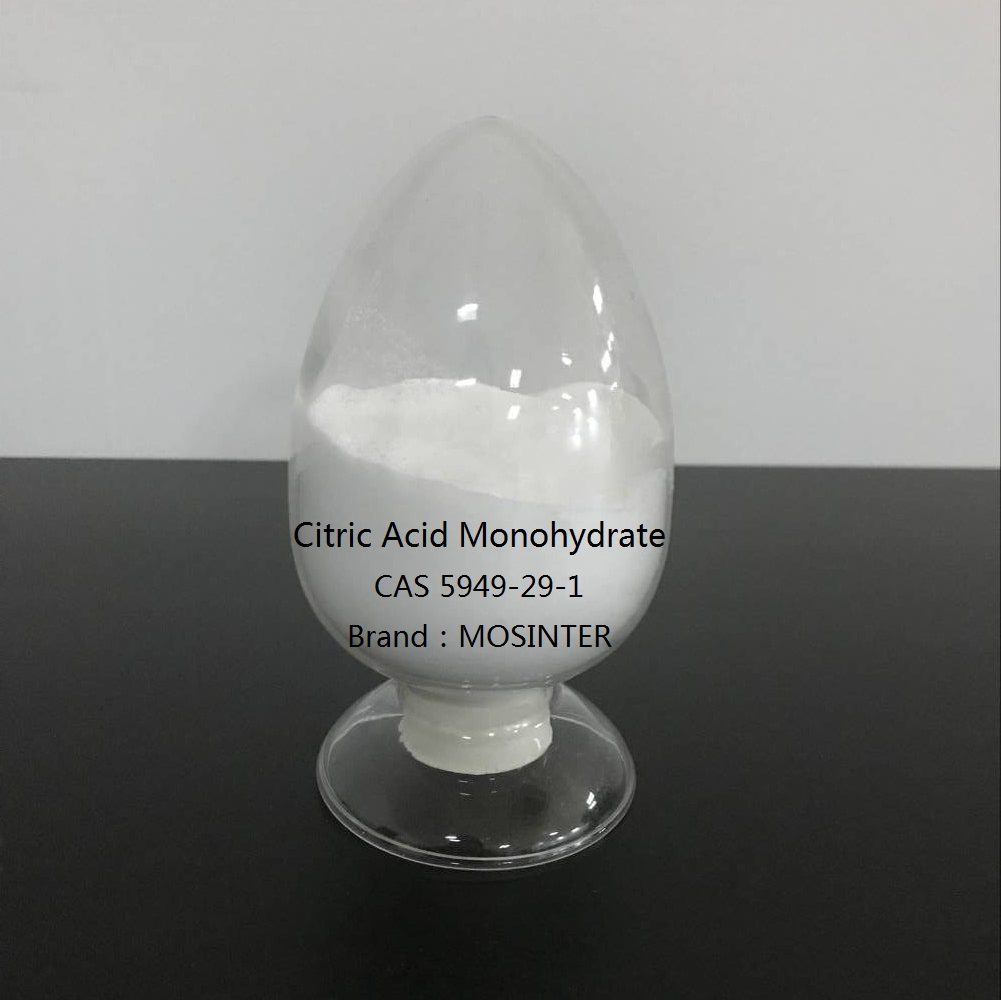
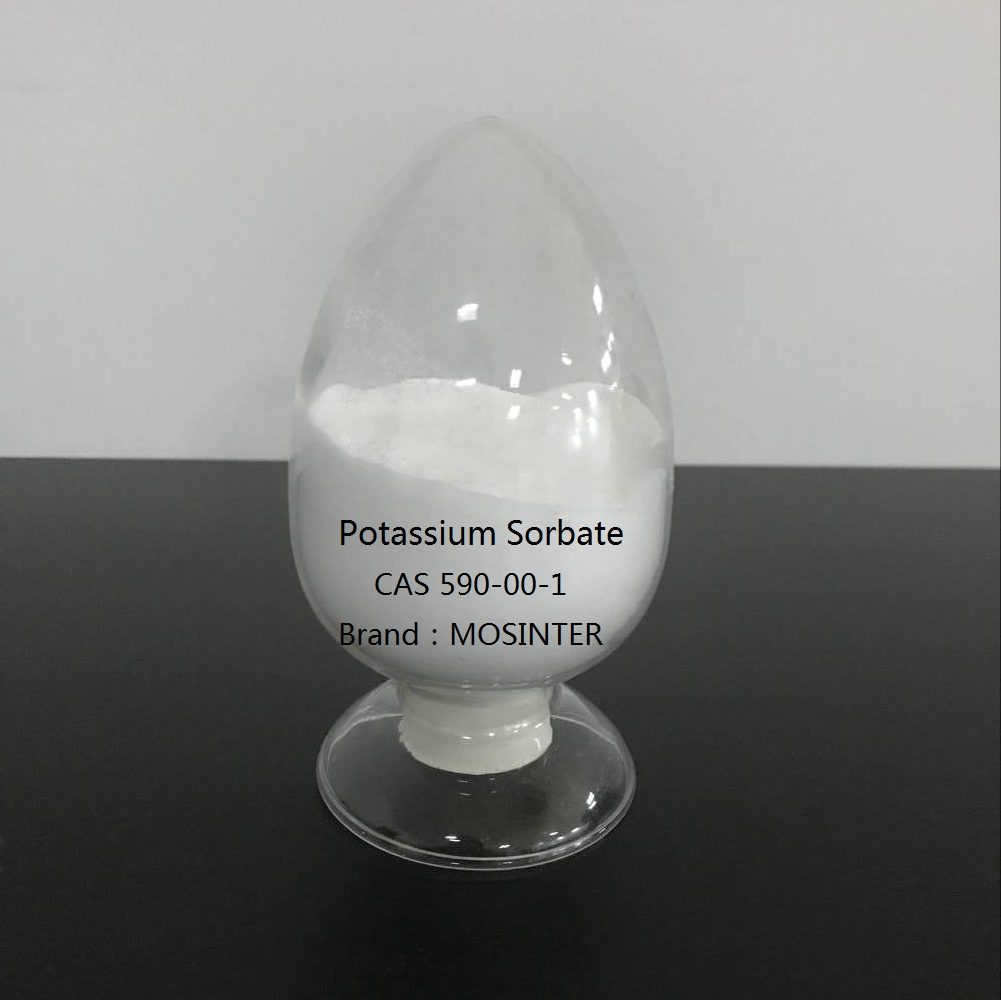
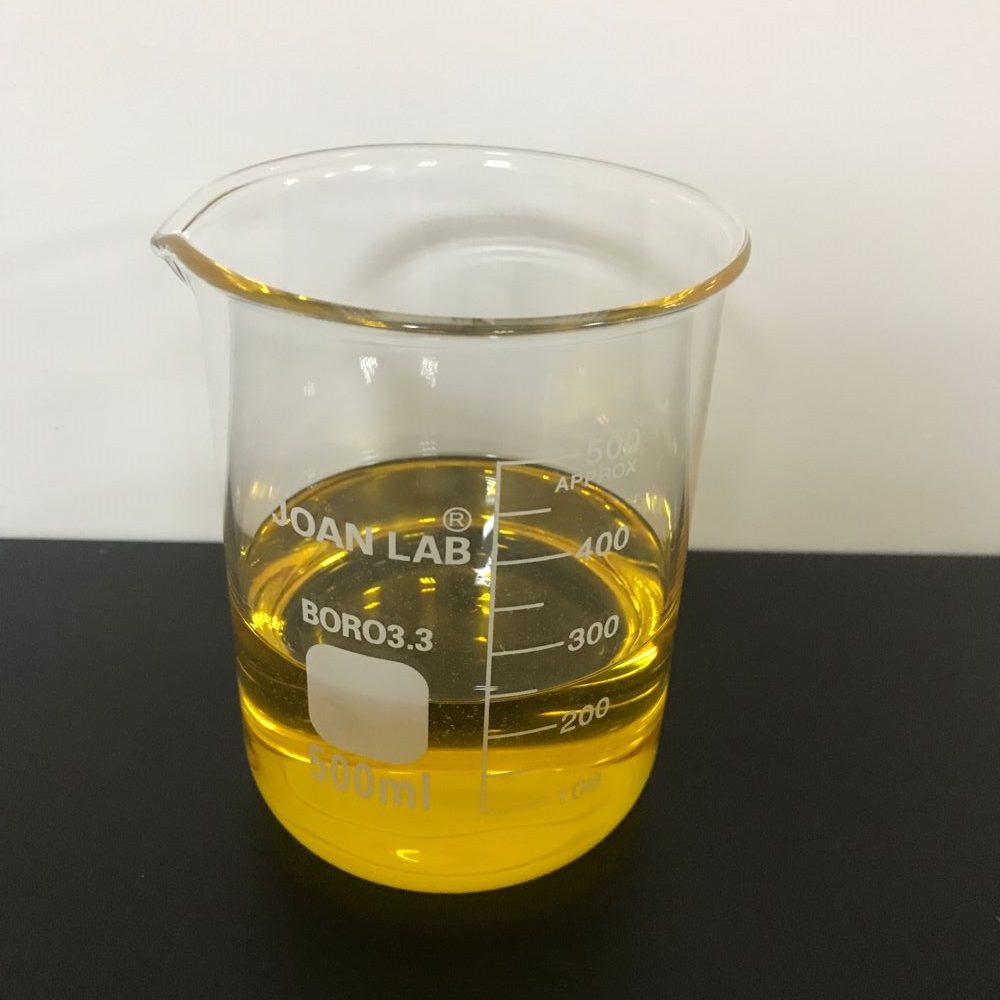
Reviews
There are no reviews yet.